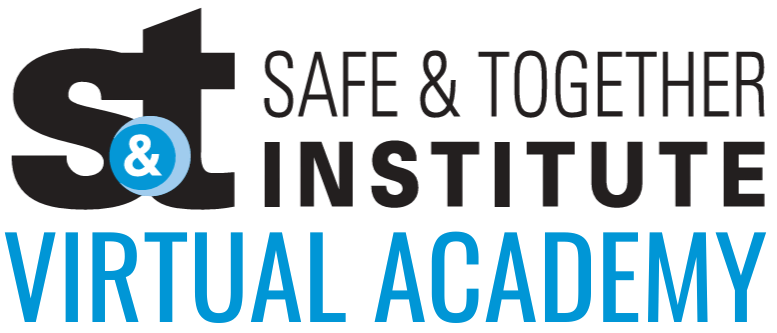Courses for Perpetrator Behavior Change Professionals
As the first line of service for those looking to address male violence, perpetrator behavior professionals play a critical role in the domestic violence ecosystem. When your practice becomes domestic abuse–informed through the Safe & Together Model, you can create better outcomes and a more lasting impact on the lives of perpetrators and survivors.
The Safe & Together Model gives you a holistic view of domestic violence, allowing you to address the perpetrator as a parent. You will learn how to better understand the domestic violence power and control wheel and its impact on progress. You will become a greater collaborator and partner with those in the domestic violence ecosystem, gaining a common language and framework to support the safety of the survivors and the child’s well-being. You will modernize the system to ensure that men are not lost as part of the solution, ensuring they are held accountable for their actions as well as gaining the tools for change.
The Safe & Together Model gives you a holistic view of domestic violence, allowing you to address the perpetrator as a parent. You will learn how to better understand the domestic violence power and control wheel and its impact on progress. You will become a greater collaborator and partner with those in the domestic violence ecosystem, gaining a common language and framework to support the safety of the survivors and the child’s well-being. You will modernize the system to ensure that men are not lost as part of the solution, ensuring they are held accountable for their actions as well as gaining the tools for change.

